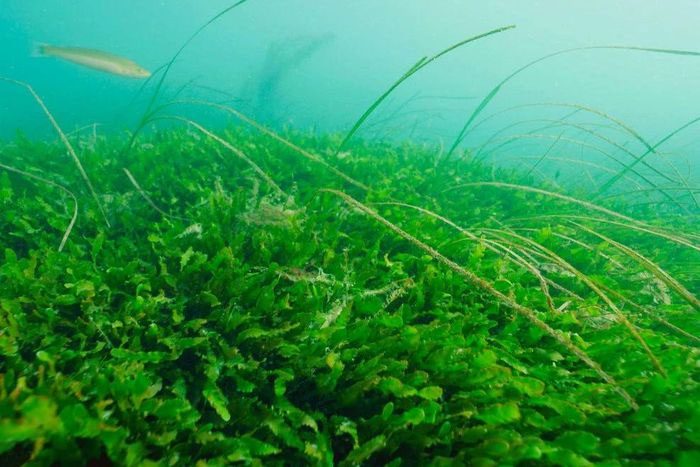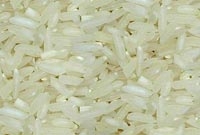The invasive algae can survive in warm and humid environmental conditions for over a week without water, posing a threat to many marine areas as they invade and disrupt ecosystems.

Caulerpa taxifolia, rapidly proliferating in New Zealand. (Image source: NOAA Fisheries).
The New Zealand government has allocated 5 million AUD (approximately 3.1 million USD) to accelerate research on techniques to prevent the spread of the invasive algae, known scientifically as Caulerpa taxifolia, which is proliferating at an alarming rate in the country.
In a statement on February 23, Biosecurity Minister Andrew Hoggard emphasized that the people of New Zealand highly value the marine environment, and the nation needs to continue efforts to eradicate Caulerpa taxifolia – referred to as “the destructive algae.”
He specified that the funds will be invested in technologies to prevent the proliferation of Caulerpa algae and subsequently find ways to remove the species from affected areas.
According to Minister Hoggard, the additional funding will help New Zealand authorities further develop dredging and suction technology for algae in the Northland region.
However, he also acknowledged that this is a “challenging battle” as no country has been able to eradicate or control the spread of the invasive Caulerpa algae.
The invasive Caulerpa taxifolia truly poses a threat to many marine areas as it invades and disrupts ecosystems. It is fundamentally a type of seaweed that can survive in warm and humid environmental conditions for over a week without water. It attaches itself to objects such as diving gear, nets, anchors…
During its growth, Caulerpa taxifolia produces a type of toxin that makes it inedible to other marine creatures, allowing it to grow extremely quickly.
The International Union for Conservation of Nature has placed this algae on the “List of the 100 Most Dangerous Invasive Alien Species in the World.”




















































